Not everyone enjoys the spotlight. Some of us like being a wolf in sheep’s clothing; behind the wheel of an unassuming stealth bomber that conveniently flies under the radar when you want it to.
We’re talking about sleeper cars — these look no different than your standard-issue econobox, but they can run circles around flashy supercars all day. Depending on how you tune and modify them of course.
Sleepers are either born or made. In other words, they exist in both stock and modified form.
Those in stock form aren’t typically marketed as high-performance cars by the manufacturer. These are ordinary production cars shoehorned with race-spec engines, usually for homologation.
And then you have the modified sleepers. That is, cars that never got a race-spec engine from the factory, but they’ve been heavily modified and made to look stock.
Stick around if you’re wondering what is a sleeper car and want to know where exactly the trend originated.
In this short guide, we’ll discuss what exactly a sleeper car is and why you should drive one.
Sleeper Car Definition

A sleeper car is best defined as “an ordinary-looking production car fitted with a race-derived engine”. It’s a car that looks slow until you race it.
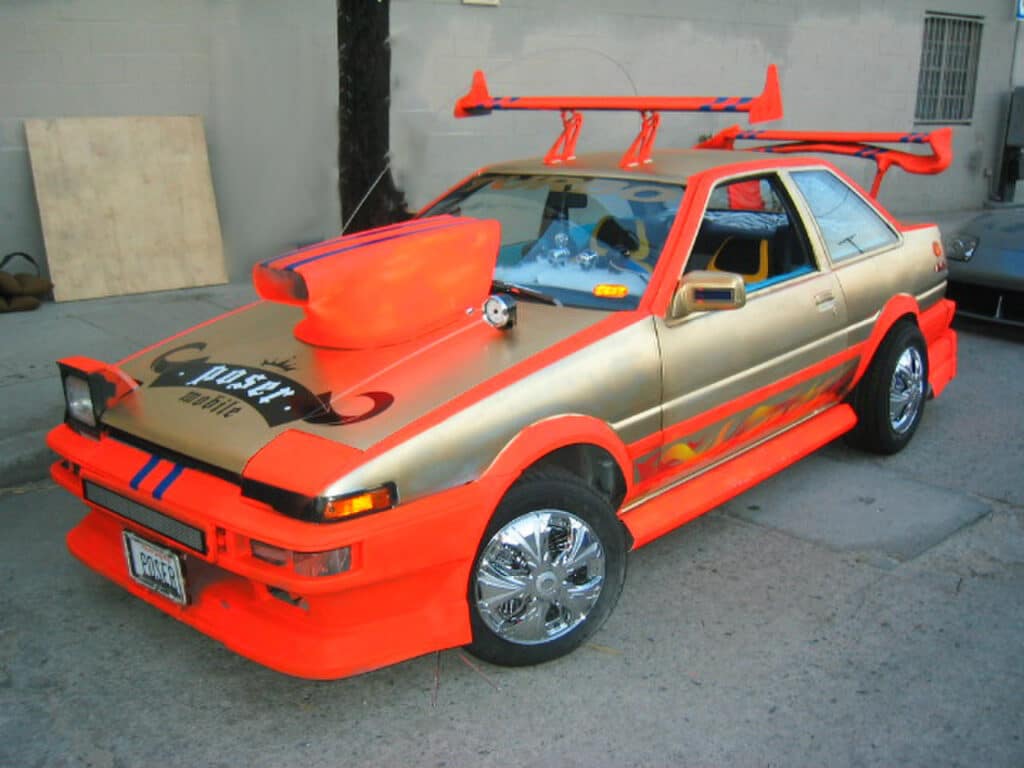
Which cars qualify as sleepers and which ones don’t is up for debate. As we mentioned earlier, the category is quite flexible; you can turn any grocery-getter into a sleeper if you want to.
Why Drive One?

There’s something amusingly exciting about watching an ordinary, unsuspecting car smoke the crap out of something like a Lamborghini. Because seeing the underdog take a win always sparks joy.
The beauty of sleeper cars is that they never draw the wrong kind of attention. They’re perfect for people who want to blend in seamlessly.
So if you want a car that impresses no one until you pop the hood, then you need to jump on to the sleeper car bandwagon.
Why the Name “Sleeper”?
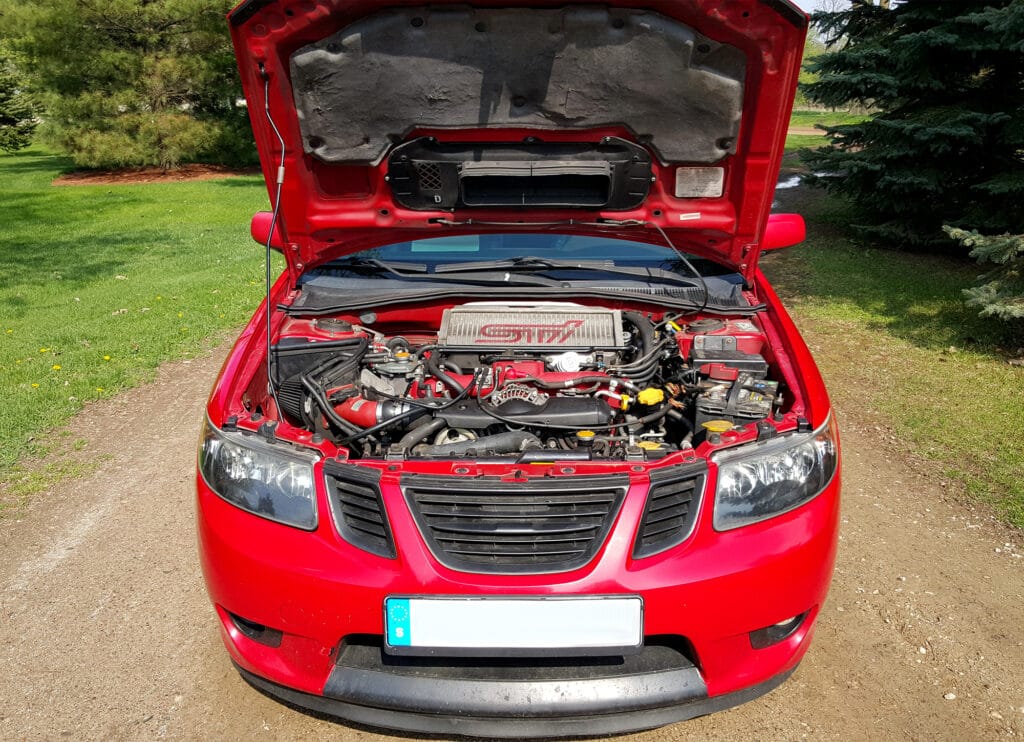
The history of sleeper cars dates back to the 1950s. Rumour has it that the name “sleeper” was derived from covert warfare.
Interestingly, British sleeper cars from the yesteryears were called Q-Cars which took after a stealth ship that the Royal Navy classified as a Q-Ship.
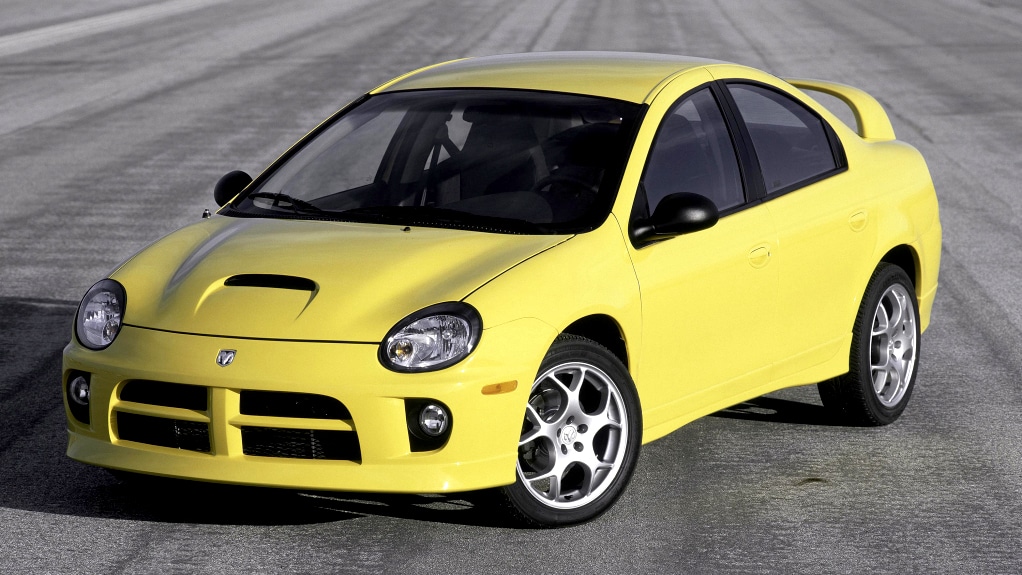
When this information became known to the public, they began using the Q-prefix for unmarked police vehicles. This later on trickled down to unassuming cars from the early 60s that had more power than presence.
However, the term Q-car never caught on in the USA, possibly because the American auto industry already had a word for that type of car: “sleeper”.
Early Adopters
Sleeper cars first started hitting the streets when automakers started stuffing race-spec engines into production cars for homologation.
One of the cars that started the trend was the iconic Chrysler 300 from 1955 which came with, you guessed it, 300 hp. This was huge at the time. The car looked nothing like a race car. It was more of a boat drenched in wealth.
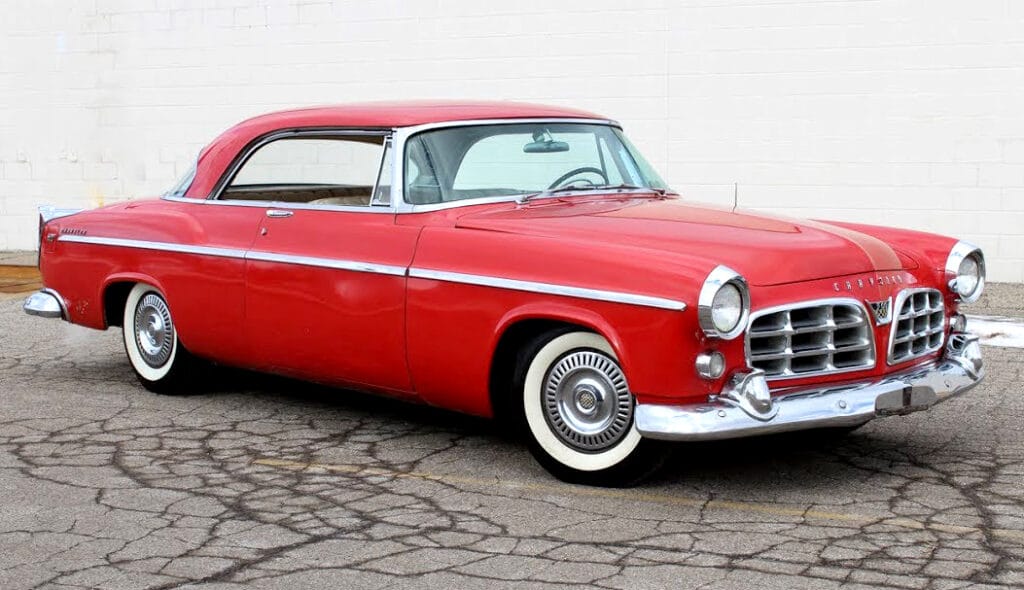
Not long after that, in the 60s, Mercedes followed in the footsteps of Chrysler with their 300 SEL AMG. Remember, this was in the golden era when racing as a sport really started to take shape.

This incentivized automakers to stuff large motors into boring bodies to meet racing regulation specs. Manufacturers then started seeing the profitability in trimming up small cars with large motors.
The 70s came along and the trend grew because most automakers had a race-spec engine in their inventory and a small budget that they could allot towards “special edition” cars.
Dealerships added fuel to this fire as they used to have a lot more power over the manufacturers back in the day. They knew what the people wanted, what would sell, and what wouldn’t.
That’s why it was easier back then to get your hands on early special edition sleepers like the Mercury Maurader, Buick Regal GX, SAAB 92X, and the Taurus SHO.
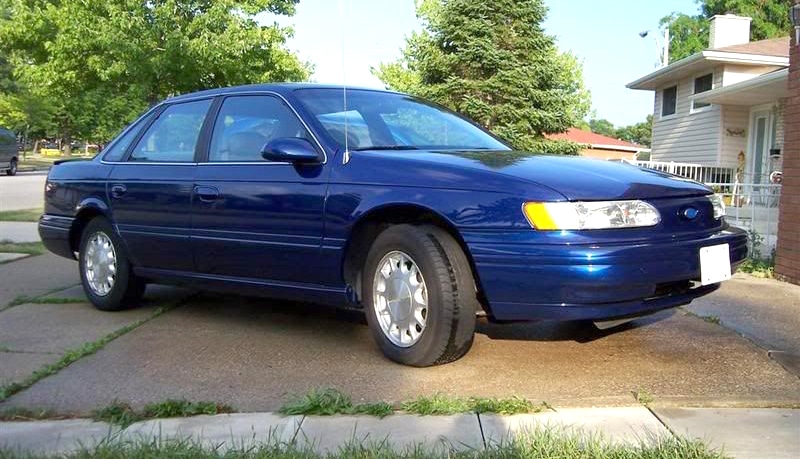
The sleeper trend is alive and well even today because automakers continue to streamline their engine lineups. That’s why you’ll come across:
- V8s manufactured by GM stuffed into a Cadillac,
- Subaru’s WRX that share parts with their Outback, and
- Toyota’s 2JZ GE installed in both the Supra and the Lexus SC300.
Manufacturers do this all the time. The result is a cleaner engine line-up, and some awesome sleeper cars for us enthusiasts to snag up.

Concluding Thoughts
Now that you know what a sleeper car is, you can begin your hunt for one of these. Just remember that not all tuner cars or drift cars qualify as sleepers.

Buying one for yourself? Check out our guide to the best sleeper cars under $5k, $10k and $20k. What’s your reason for wanting one? Let us know by leaving a comment below!

